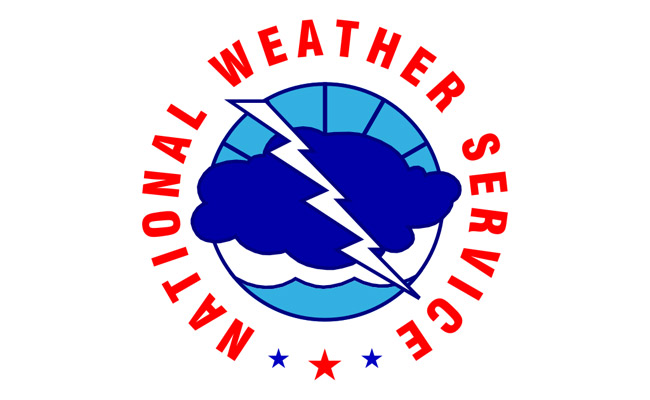
CHAPEL HILL, NC–NOAA’s National Weather Service (NWS) Office of Science and Technology will provide $400,000 to the Renaissance Computing Institute (RENCI) to develop and evaluate technologies that will help the emergency management community prepare for and respond to weather events such as hurricanes, tornadoes, blizzards and floods.
The collaboration, called Weather for Emergency Management (WxEM), will examine how weather information is assimilated and used within the complex network of communications and decision making that occurs during emergencies. A key goal of the project is to help the emergency management community more effectively use weather information in their planning and in real-time decision-making. The project will take advantage of emerging technologies to improve information flow, such as GIS-enabled hand-held devices and smart phones and Web-based social media, as well as RENCI’s expertise in information visualization, geo-referenced visualization, software development and device engineering.
“In times of rapidly changing, dangerous weather the emergency management community needs critical information that helps them understand the situation and how to manage its impacts,” said Ken Galluppi, RENCI’s director of disaster and environmental projects. “Decision support tools help decision makers understand the situation as it evolves so they can respond appropriately, hopefully minimizing the impact on people and property.’’
Galluppi added that decision support technologies—ones that help users keep track of information, spot trends and base their decisions on the latest information—emerge far more quickly than government agencies can assess and adopt them. Because the National Weather Service fills a critical public safety role, it wants to get ahead of the technology curve. Galluppi said the new WxEM will help by rapidly developing prototype technologies designed to improve situational understanding and facilitate communication of NWS weather information to emergency personnel spread across many locations and with different levels of knowledge.
The project launched in mid July with a kickoff meeting at RENCI headquarters in Chapel Hill involving partners from NOAA, RENCI, and East Carolina University (ECU). ECU and RENCI researchers will study the culture of the emergency management community, how weather information flows and decisions are made, and which technical innovations are likely to improve communications and the overall effectiveness of emergency response. This work will help researchers understand what kinds of technologies are likely to be effective emergency response decision support tools and give them ideas for improving existing tools.
As the project progresses, RENCI hardware and software experts plan to develop new prototype tools and evaluate them for use in emergency operations. The decision support assessment process will draw on what researchers learn about decision making, information flow and technology adoption to put new technologies into practice quickly.
“Keeping pace with technological changes today, and rapidly integrating them into operations is becoming ever more challenging,” said Don Berchoff, director of the NWS Office of Science and Technology. “RENCI can help us evaluate new technologies, and given its connection to the emergency management community, is a great fit to help the National Weather Service move ahead with improving decision support services in this critical area. The bottom line is equipping our forecasters and emergency personnel with the best decision support tools which will enable informed decisions that keep our communities safe.”
One Web-based tool that will likely get a workout in the project is RENCI’s Big Board, a situational awareness tool that enables managers at different locations to collaborate online and in real time to gain a better understanding of weather situations and their potential effects.
The Big Board starts with a high-resolution aerial map and allows managers and responders to mark up, attach notes, videos, photos and geo-referenced data to specific locations on the map. The Big Board can be used with a range of computers and smart phones or with iPads. In an evacuation, for example, the Big Board can simultaneously show the entire evacuation scene to multiple operation centers and to responders in the field, who in turn can upload new information to the board, such as geo-tagged photos and voice reports at intersections and other traffic hot spots.
“The Big Board gives us a common situational platform that allows us to evaluate how a device or a software tool will work in a real situation, “said Galluppi. “It will allow us to rapidly assess and deploy new tools and technologies in an environment that is very similar to a real weather emergency.”
The current NWS funding covers the fiscal year that started July 1. The NWS has an option to expand the project next year if this year is successful and if funding is available.


